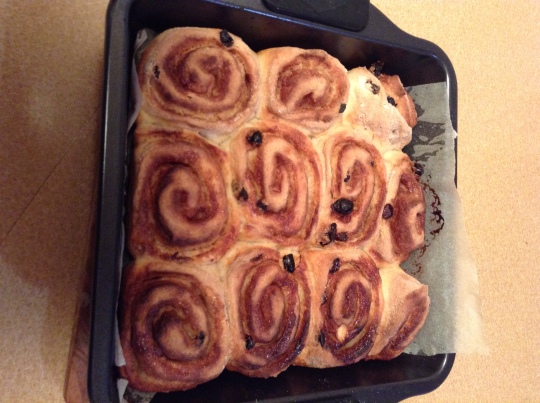Pancakes – Gluten-free and Vegan

Yes, I have posted about pancakes before. The buckwheat recipe I posted recently is still a favourite here, however, I wanted to revisit the recipe I posted a little while back for regular pancakes (pikelets). When I visited the UK in 2016 I realised that the Orgran No Egg egg replacement powder is not as readily available as it is here in Australia so I wanted to see if I could make pancakes with another substitute. I’m going to try applesauce at some stage as a substitute but I know that mashed banana is also used as an egg replacement. I tried it yesterday and it worked fine. All of the other ingredients are the same as in the original recipe but I’ve re-posted it here for convenience. There is also a flax egg alternative if you don’t have or can’t eat bananas.
Ingredients
300 g gluten-free self raising flour
1/2 teaspoon bicarbonate of soda (baking soda)
1 mashed well ripened banana (medium size)* see flax alternative below
350 ml milk of choice (rice/coconut milk for dairy-free or regular milk if not dairy-free)
2 teaspoons white vinegar
20 g melted Nuttelex (or other dairy-free margarine, or butter if not dairy-free)
Method
- Sift all of the dry ingredients together.
- Mix the vinegar and melted Nuttelex with the milk and mashed banana and add to the dry ingredients.
- Use electric mixers to mix well.
- Heat a non-stick frypan, pancake maker or pie maker and spray with olive oil.
- Add spoonfuls of the mixture and allow to cook until bubbles form at the surface then flip over to cook on the other side.
- Allow to sit in a stack on a plate for 5-10 minutes before eating (this allows the inside to cook further – otherwise it can be a little doughy on the inside).
Bellini instructions:
- Add the Nuttelex/butter to the Bellini bowl and mix speed 1, 60 C for 3 minutes or until melted.
- Add the milk, banana and vinegar to the bowl.
- Add the flour then the bicarb. soda on top.
- Mix at speed 6 for 10 seconds. Scrape down and repeat if needed.
Tip: You may need to add a little more milk to the mix depending on which milk you use. For coconut milk, I find it needs a little more than with rice or dairy milk. If the mix doesn’t drop onto the frypan easily, add a tablespoon (20 g) at a time and mix until it looks right.
I cook mine using a Kambrook Pancake maker and use 1/4 cup of mixture. I preheat the maker then open up and spray with olive oil. I then add the mixture into the deep side and leave the maker open and allow it to cook. When the bubbles start breaking on the top, I close the lid and flip them over to the other side of the maker. I then open it up and spray the deep holes and add more mix while the first two are cooking on the other side. The instructions tell you to close the lid but I find that this compresses the pancakes and makes them doughy inside.
*An alternative to the banana is to use 6 teaspoons of flax meal and 80 g of hot water. Mix together and allow to gel for 10 minutes before using in the mixture.









